Domus Romana: The Roman Villa of Rabat, Malta
Discovered by accident, the Domus Romana, or Roman Villa, uncovered mosaics that date back to the 1st century BC.
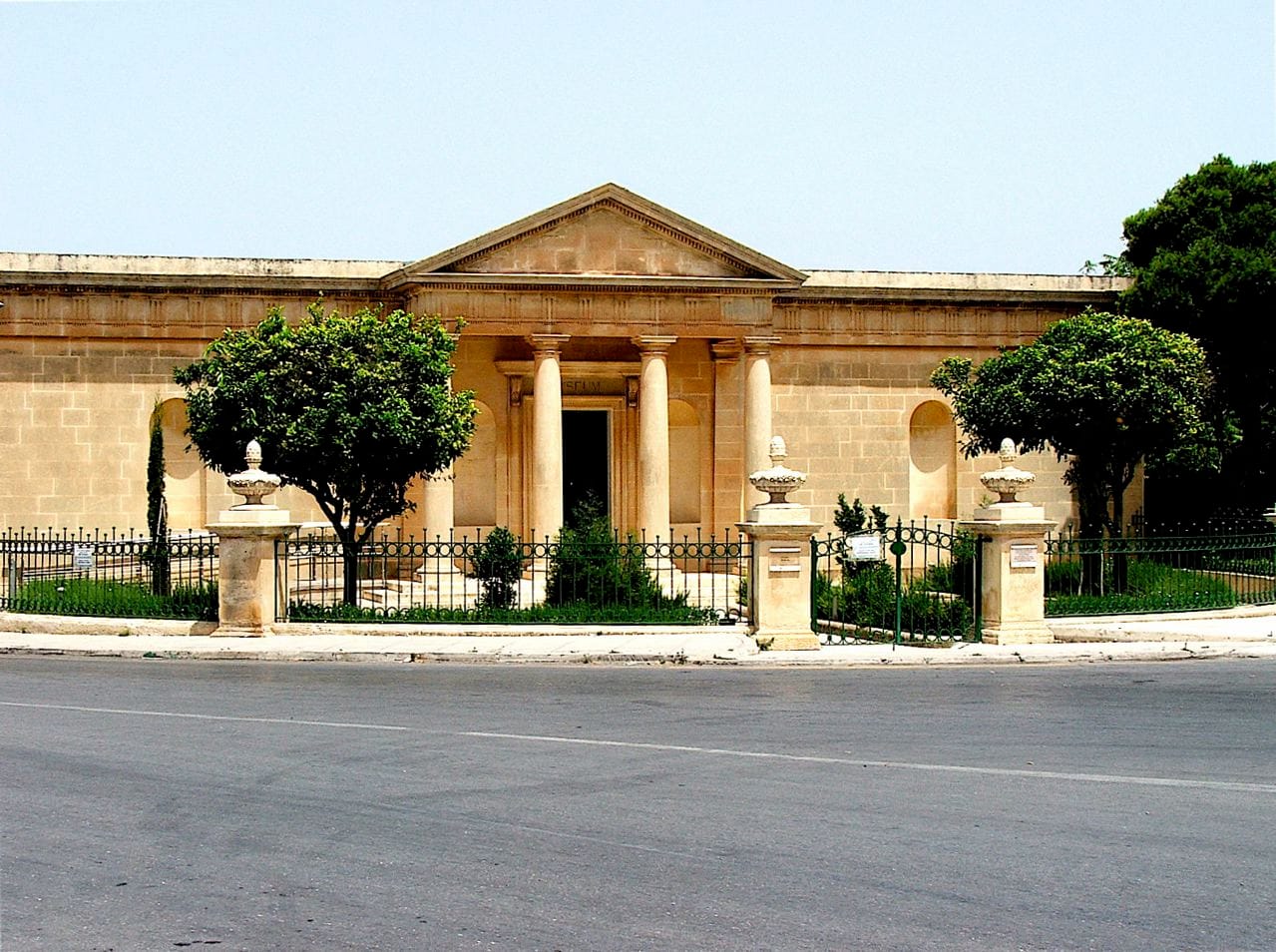
The Domus Romana, or Roman House, is a historic site situated on the border between Mdina and Rabat, Malta. Originally constructed in the 1st century BC as a sophisticated residence for the elite within the Roman city of Melite–Mdina's Roman name.
Its discovery in 1882 led to the excavation of well-preserved Roman mosaics, statues, and other significant artifacts, alongside remnants from the cemetery period. Initially misidentified as a villa outside Melite further research confirmed its location within the city boundaries.
Architectural Significance and Discoveries
Originally unearthed when workers were planting trees in Howard Gardens, the site quickly revealed its historical significance through the exquisite mosaics and the remains of the villa structure.
These elements pointed to the residence of a high-ranking Roman official, dating back to the 1st century BC. The well-preserved mosaics are particularly notable for their intricate designs, showcasing the luxurious lifestyle and the sophisticated taste of its inhabitants.
The Roman Villa in Rabat, Malta, is renowned for these exquisite Roman mosaics that date back to the first century BC, which are among the earliest examples of such art in the western Mediterranean and showcase the advanced techniques employed by highly skilled artisans of the time.
Particularly notable within the villa's peristyle and its adjacent rooms, these mosaics include a famous depiction known as the Drinking Doves of Sosos, which features two birds perched on the rim of a bowl—an image originally found in a painting by the artist Sosos.
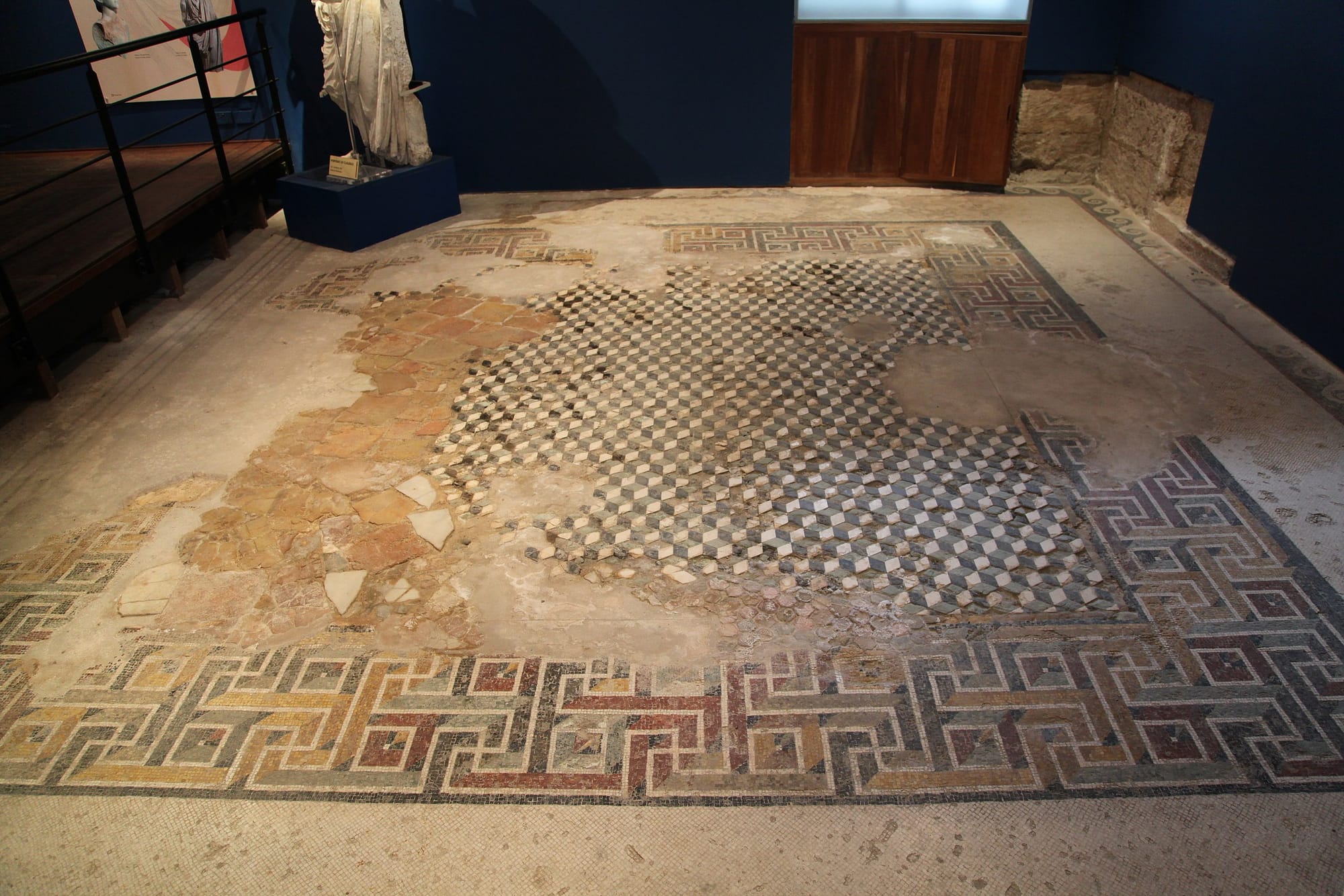
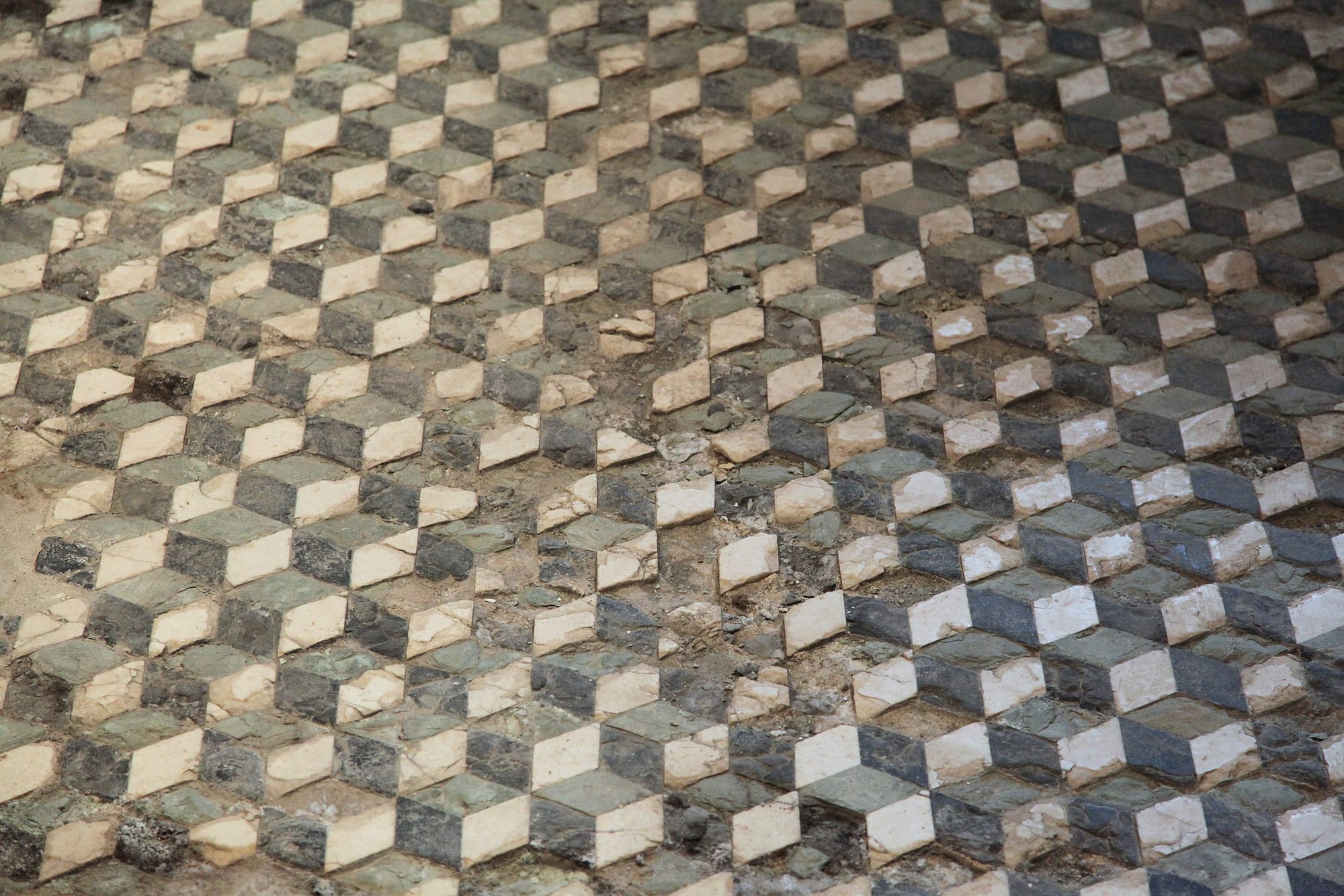
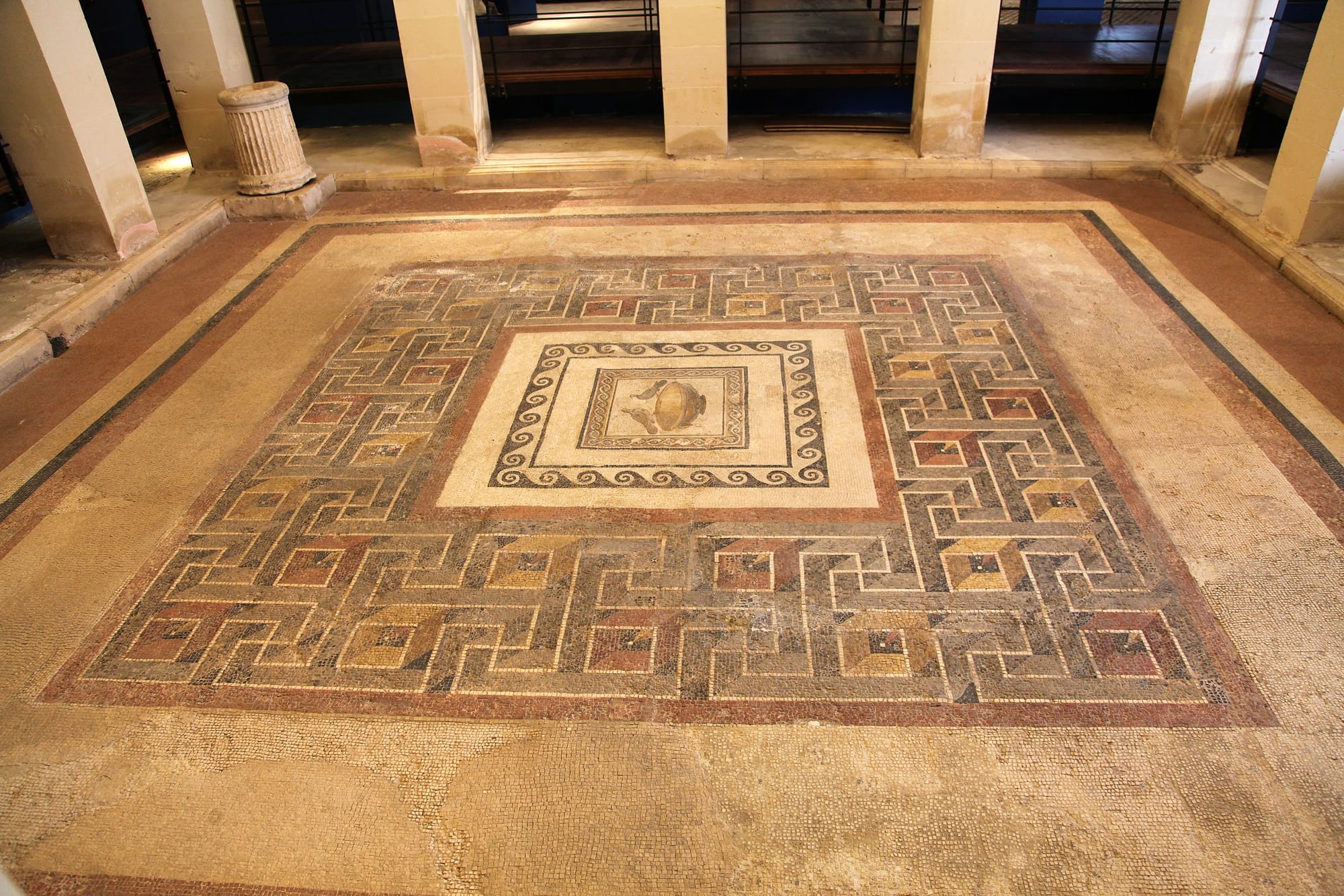
Malta - Mdina - Wesgha tal-Muzew - Domus Romana Photos by Frank Vincentz are licensed under CC BY-SA 3.0.
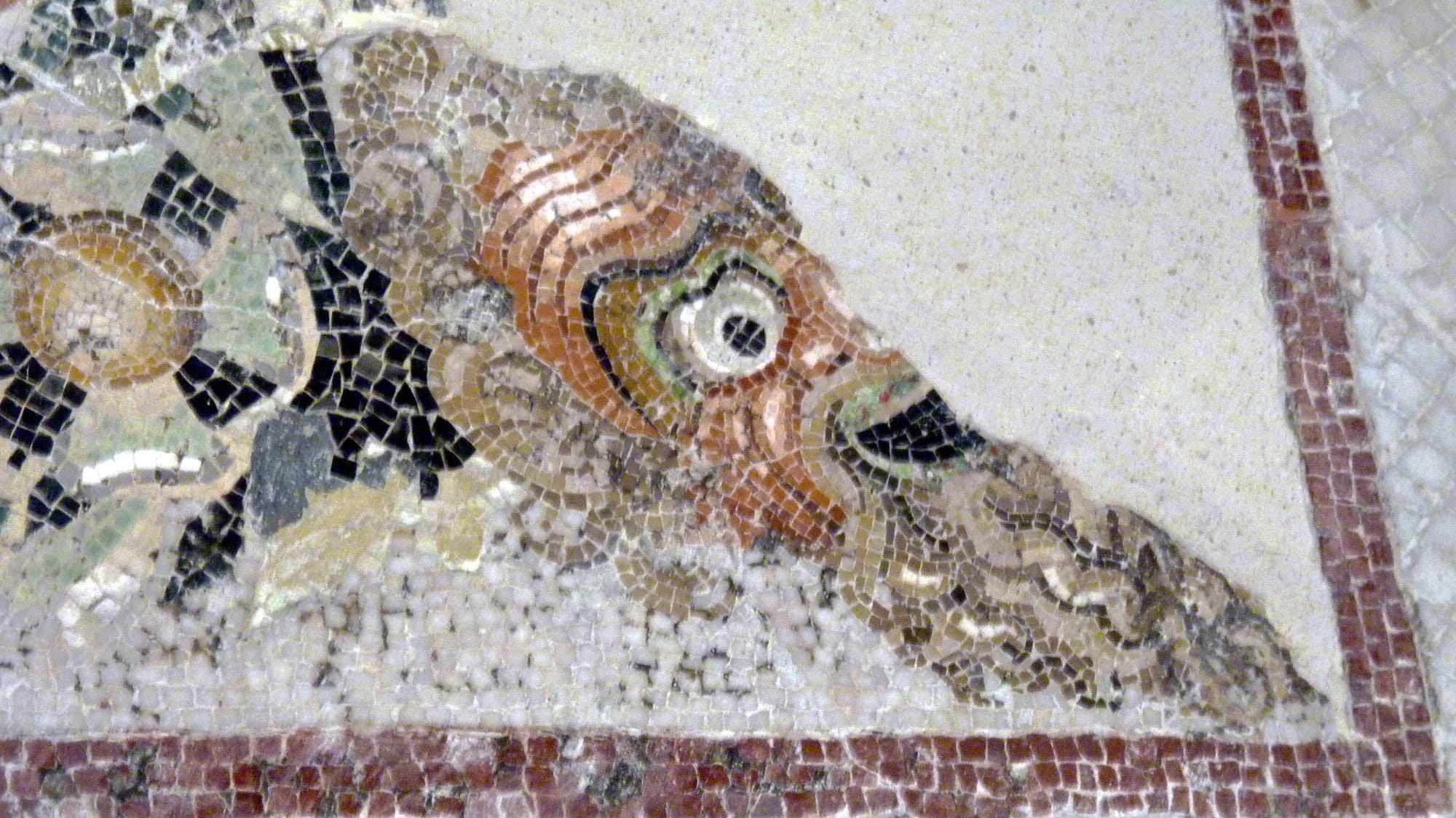
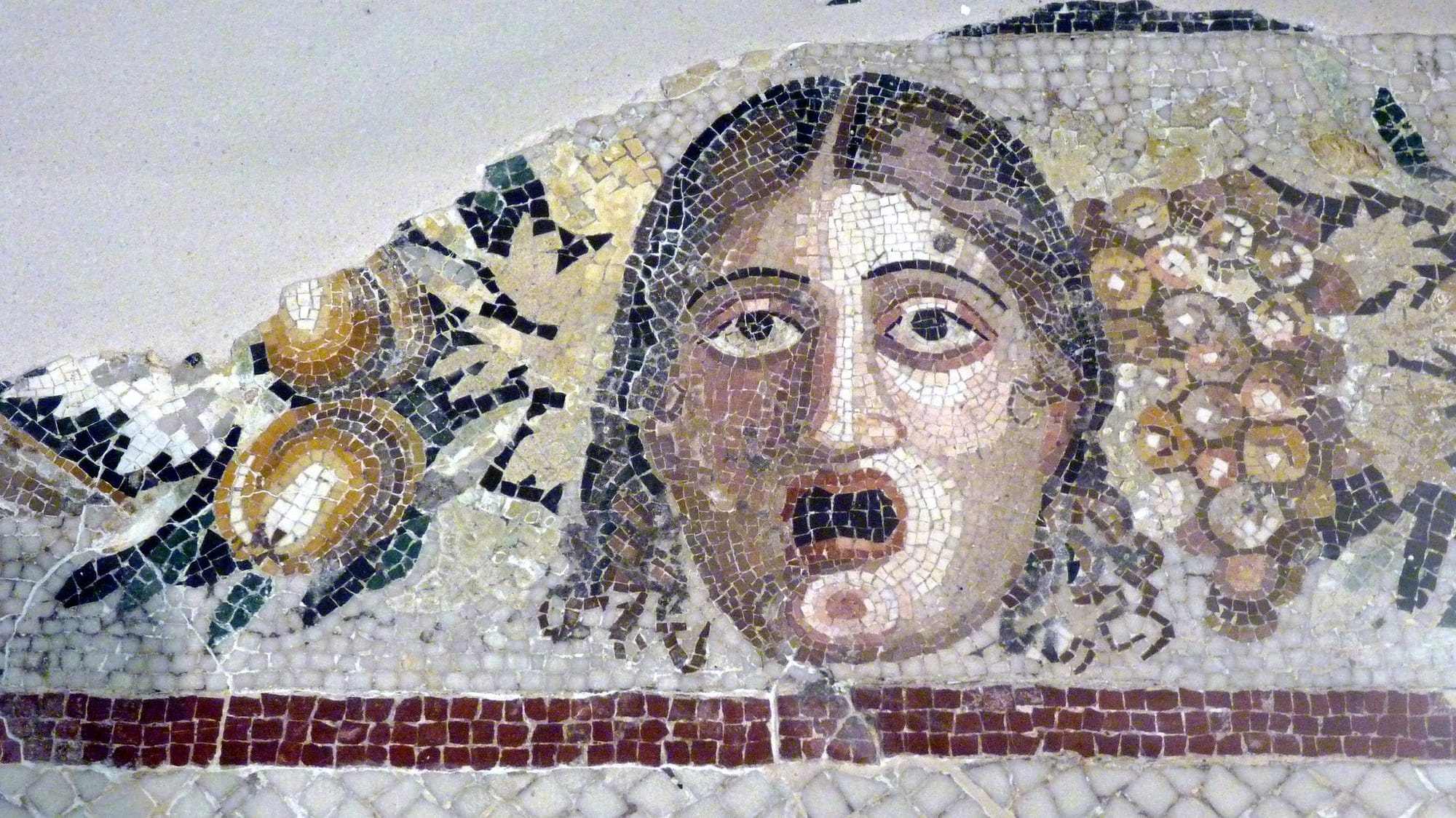
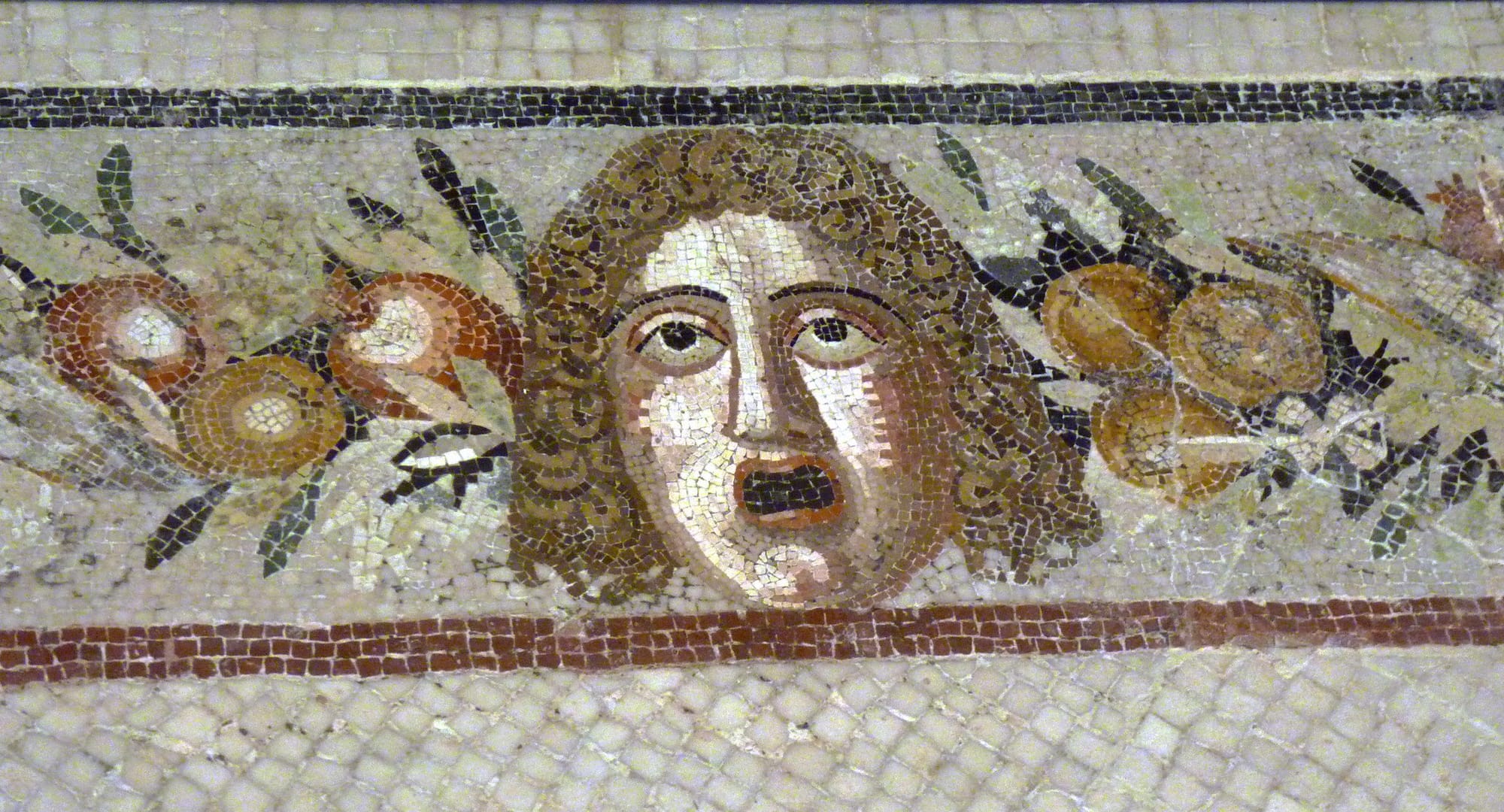
Rabat, Domus Romana Museum, emblemata by ukdamian is licensed under CC BY-NC 2.0.
The Domus Romana, might have been utilized up until the first and second centuries AD. Currently, very little of the original Roman structure remains, leaving it unclear whether it was eroded over time, deliberately destroyed, or dismantled for its materials.
It's evident from the remnants that the domus featured numerous rooms organized around a central peristyle—a collonaded porch encircling a courtyard. This courtyard includes a reconstructed colonnade that partly uses the original stones, highlighting a mosaic of exceptional quality on the courtyard floor.
During the 11th century, when Malta was under the rule of the Fatimid Caliphate, the area that once housed the Domvs Romana was repurposed as a cemetery. Archaeological digs at the site uncovered at least 245 graves. These excavations also revealed numerous limestone and one marble tombstone, which bore inscriptions in Naskh and Kufic scripts. Additional findings included various ceramics and a silver ring.
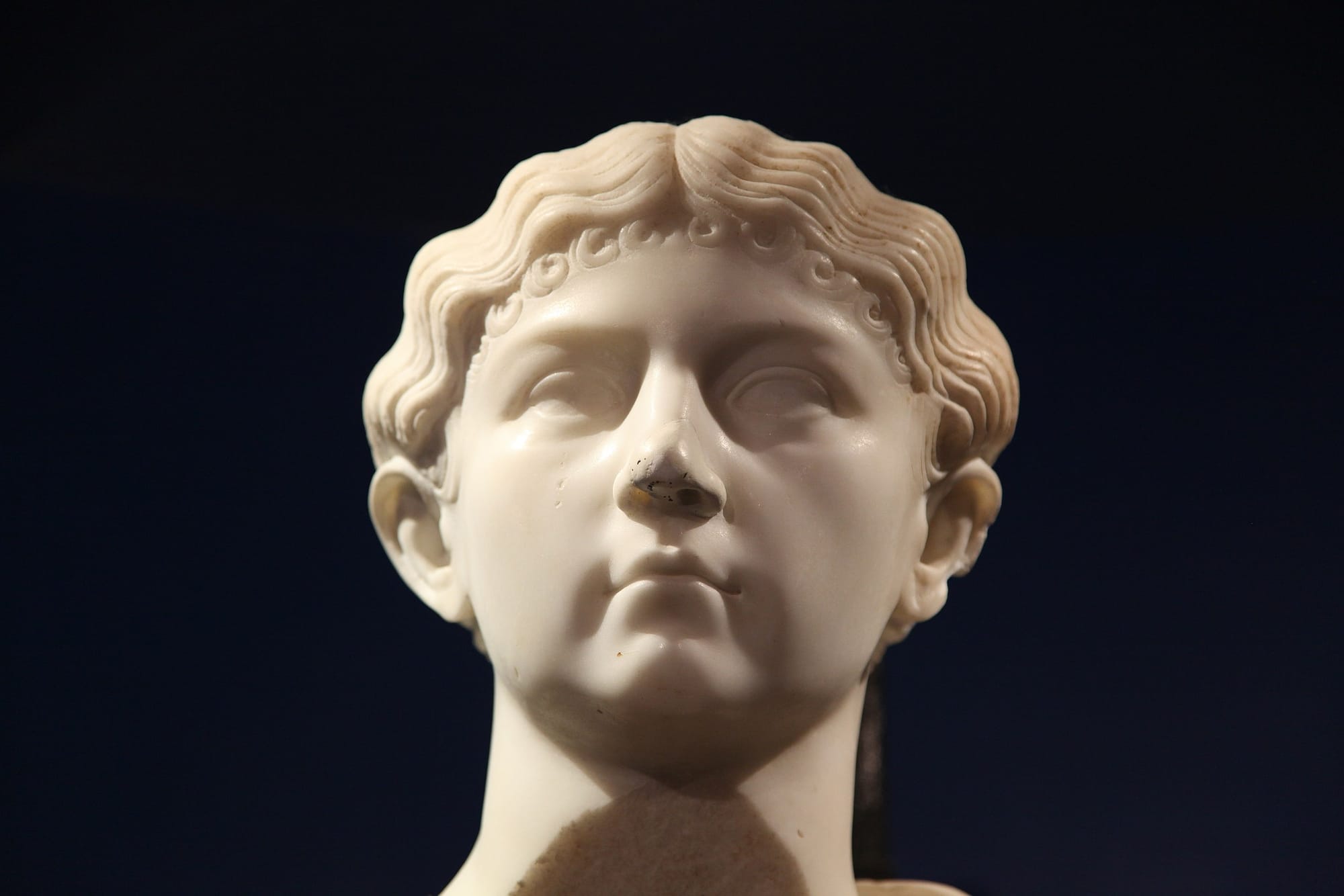
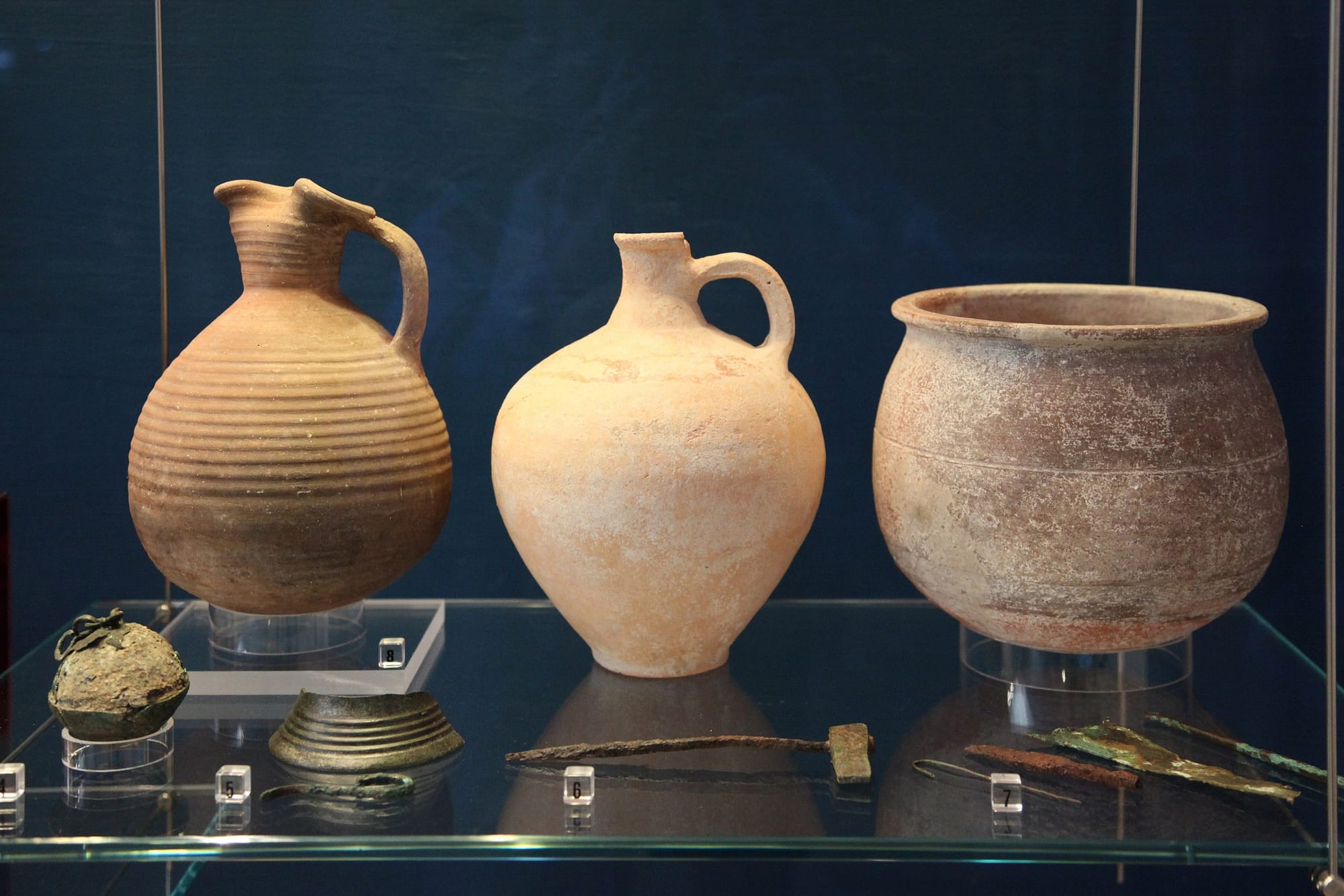
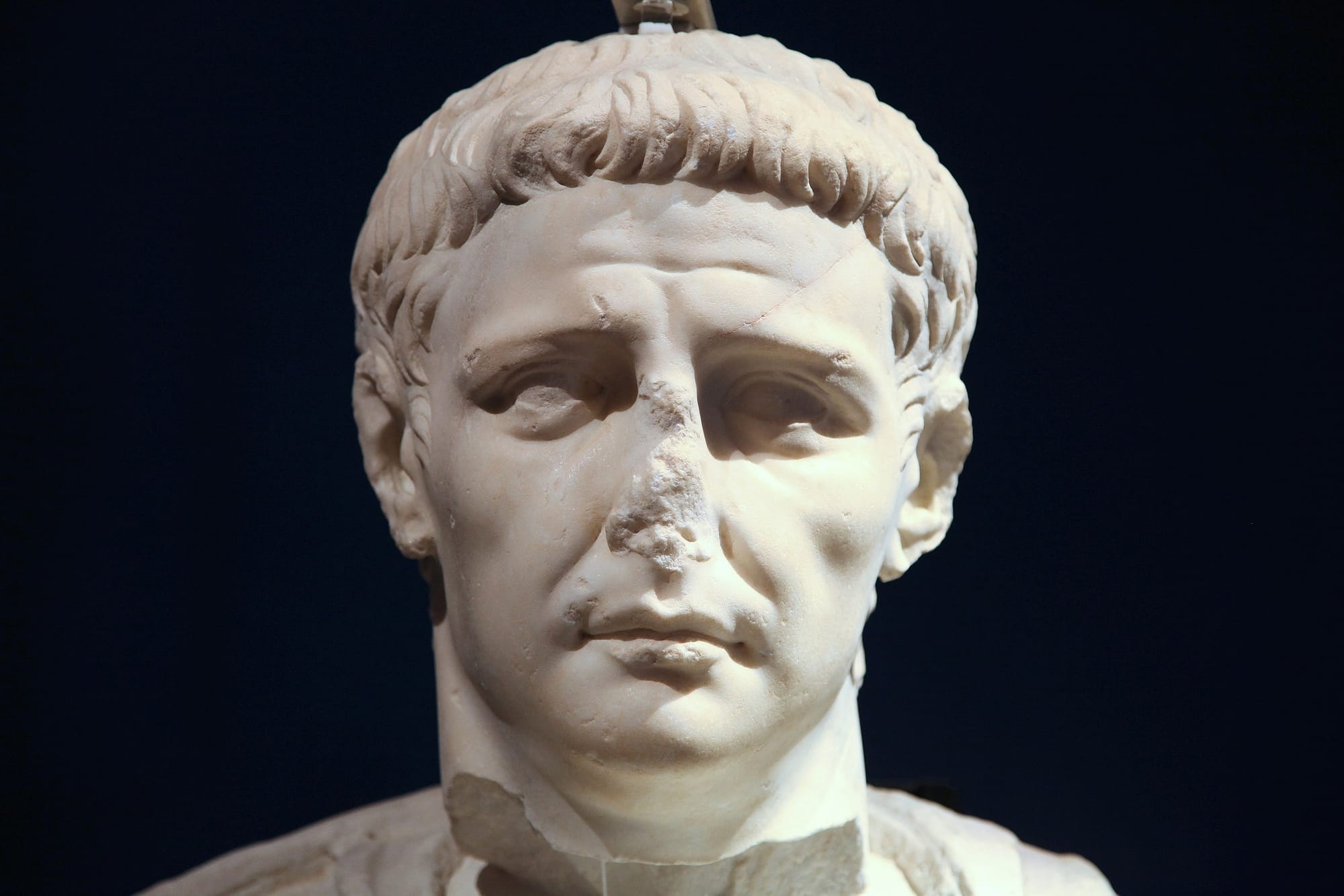
Malta - Mdina - Wesgha tal-Muzew - Domus Romana Photos by Frank Vincentz are licensed under CC BY-SA 3.0.
Museum Development and Preservation Efforts
After its discovery, the Domus Romana was quickly recognized for its historical value, leading to the construction of a museum directly on the site in 1882, specifically designed to protect and exhibit the residence's mosaics.
This museum, originally dubbed the Museum of Roman Antiquities, was the first in Malta built expressly to showcase the findings from a particular archaeological site. It housed not only the discoveries from the domus itself, including both Roman and Muslim artifacts, but also other Roman marble artifacts found within Mdina. Over time, it became the repository for many Roman objects uncovered across Malta.
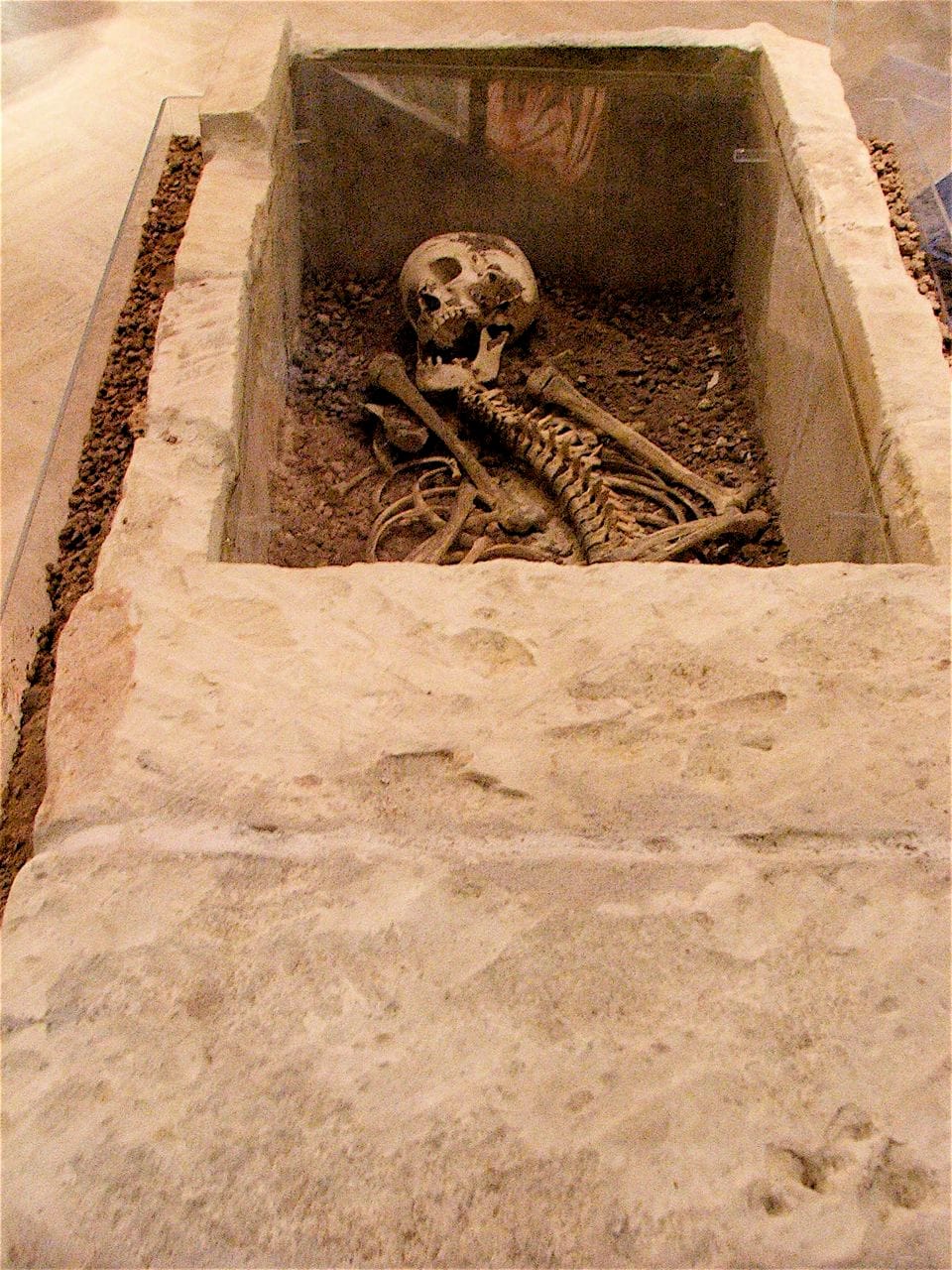
Over the years, the museum has undergone several renovations to improve the preservation of these artifacts and enhance the visitor experience. Today, it offers a detailed portrayal of domestic life in Roman Malta, from family hierarchy to daily routines, through various displays and interpretative panels.
Insights from the Artifacts
The collection within the museum includes statues, decorative objects, and personal items that belonged to the villa's occupants. These artifacts not only highlight the villa's architectural and artistic significance but also provide insights into the social and political landscape of Roman Malta.
Notably, statues of Emperor Claudius and his family suggest that the villa's occupants were closely connected to the central Roman authority, reflecting their high social status.
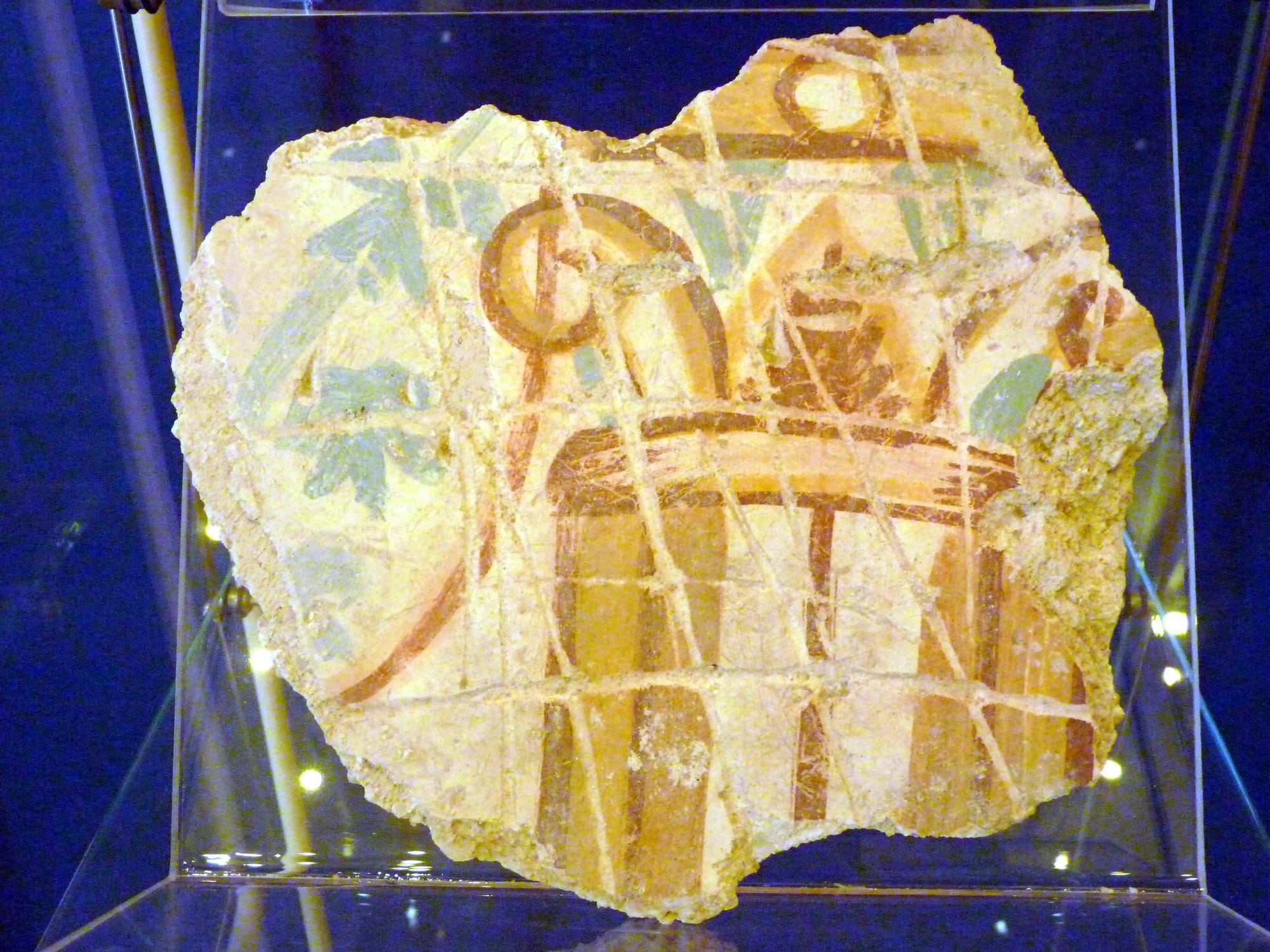
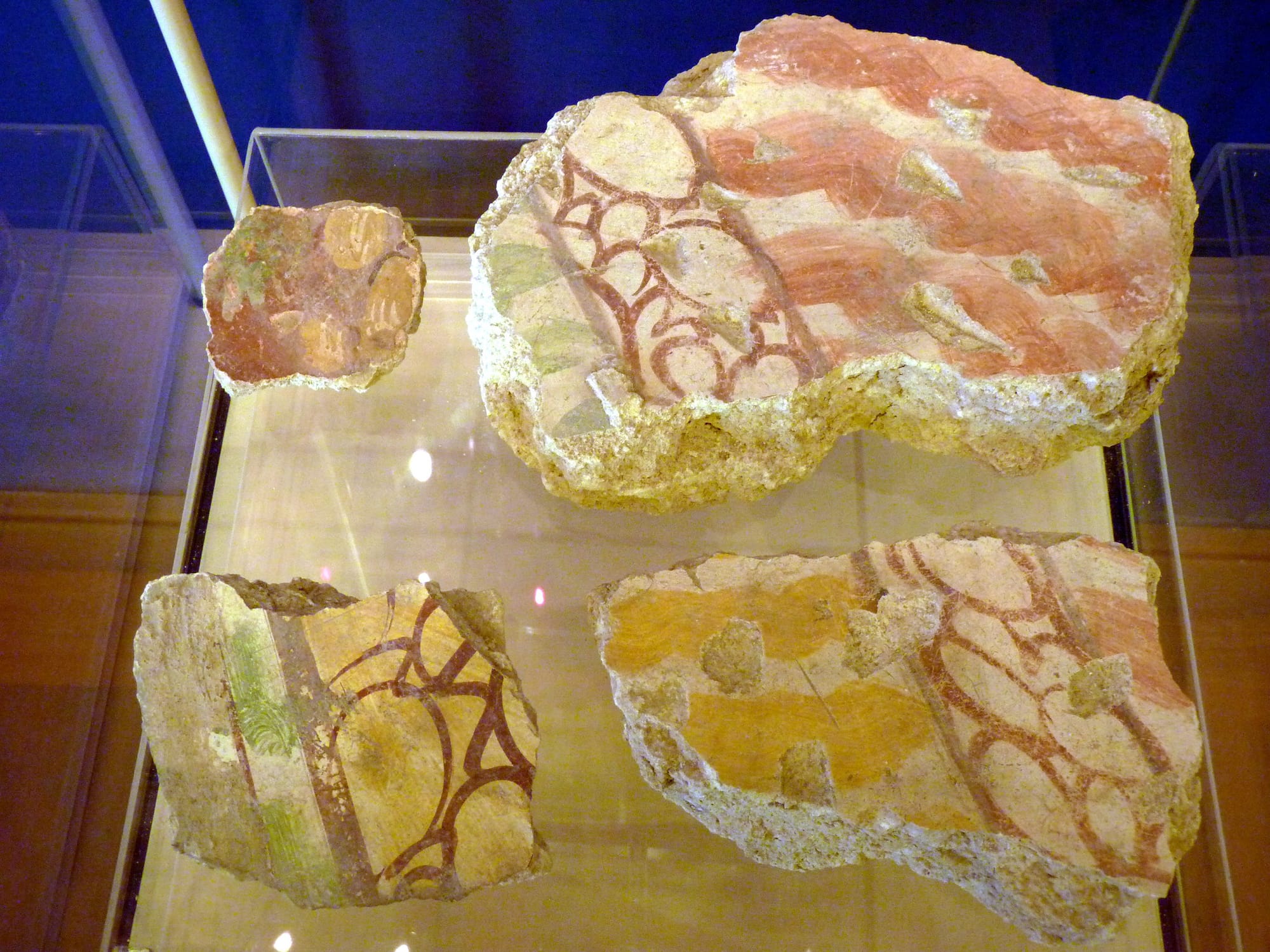
Rabat, Domus Romana Museum, wall plaster fragments by ukdamian is licensed under CC BY-NC 2.0.
Cultural and Historical Impact
The Domvs Romana is a cultural landmark that tells the story of Malta’s integration into the Roman Empire and its evolution under Roman rule. The site’s ongoing study and preservation continue to contribute to our understanding of the broader historical and cultural context of the Roman Empire in the Mediterranean.


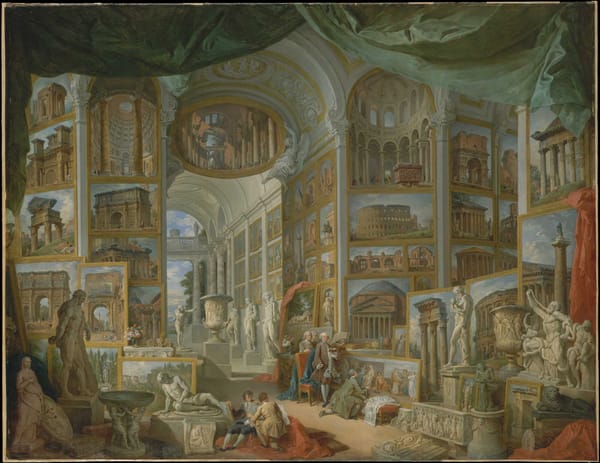
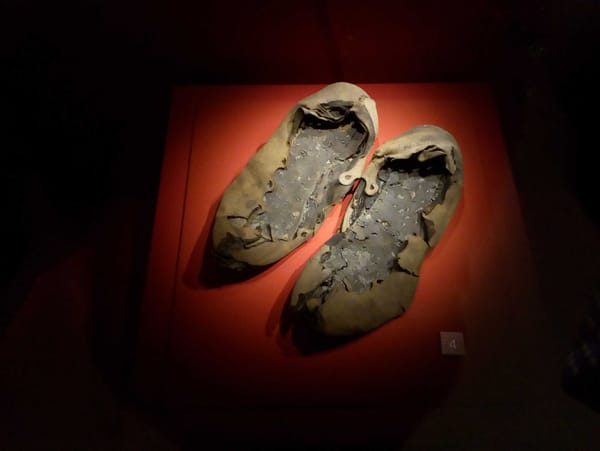

About the Roman Empire Times
See all the latest news for the Roman Empire, ancient Roman historical facts, anecdotes from Roman Times and stories from the Empire at romanempiretimes.com. Contact our newsroom to report an update or send your story, photos and videos. Follow RET on Google News, Flipboard and subscribe here to our daily email.
Follow the Roman Empire Times on social media: